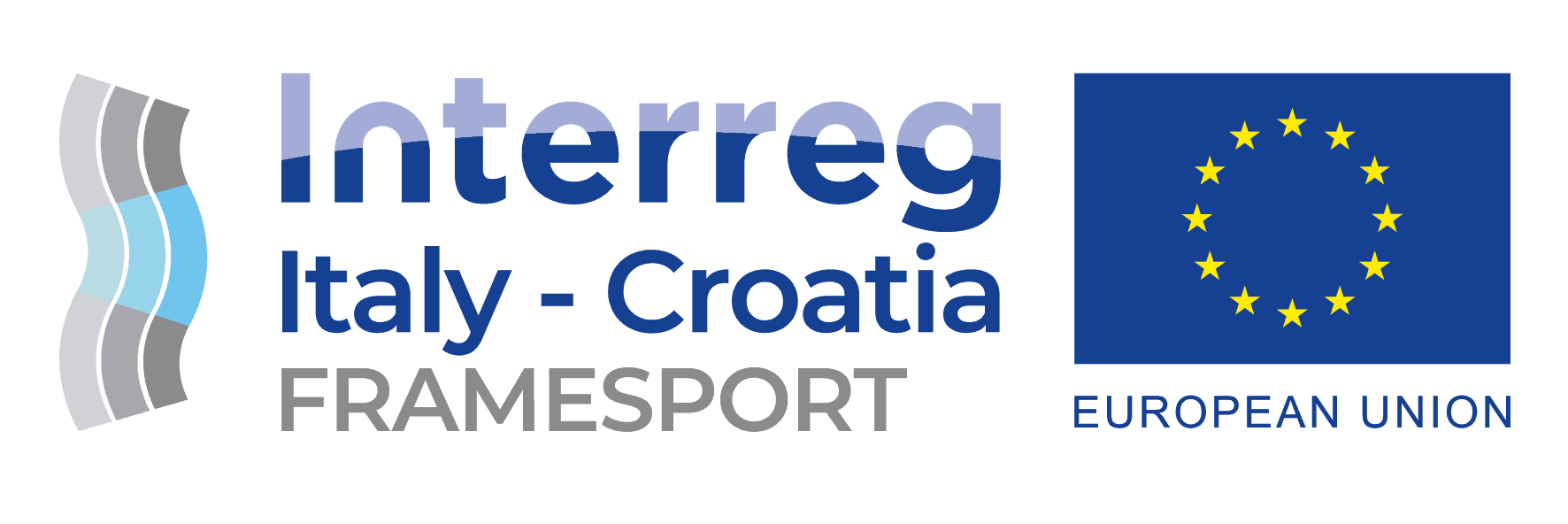Knowledge & experience
- ICT applications and services development (ITC&service)
- Spatial planning and management (planning&management)
- Environment and energy aspects (E&E aspects)
- Business oriented aspects (Business aspects)
- Training and knowledge aspects (T&K aspects)
Best Practices
filters
ICT AND SERVICE DEVELOPMENT
Enabling two-way digital communication
potential transferability in region
ENVIRONMENT AND ENERGY ASPECTS
Eco-friendly and sustainable services
potential transferability in region
ICT AND SERVICE DEVELOPMENT
App for berth reservation
potential transferability in region
ICT AND SERVICE DEVELOPMENT
Multifunctional website
potential transferability in region
BUSINESS ORIENTED ASPECTS
ICT AND SERVICE DEVELOPMENT
EFINTIS – Enhancing efficiency of the Intermodal transport flows by improved ICT systems (Interreg – IPA CBC)
potential transferability in region
ENVIRONMENT AND ENERGY ASPECTS
SMARTPORT Smart and Sustainable Energy Port (Interreg – IPA CBC)
potential transferability in region
TRAINING AND KNOWLEDGE ASPECTS
Hericoast – Management of heritage in costal landscapes (Interreg Europe)
potential transferability in region
SPATIAL PLANNING AND MANAGEMENT
Almonit – MTC – Albania, Montenegro, Italy Multimodal Transport Connectivity
potential transferability in region
TRAINING AND KNOWLEDGE ASPECTS
Tourist experiences on the open air
potential transferability in region
BUSINESS ORIENTED ASPECTS
SPATIAL PLANNING AND MANAGEMENT
Development of the port concept through intermodal maritime-based corridors (Master plan)
potential transferability in region
ENVIRONMENT AND ENERGY ASPECTS
Portable ecological storage – equipment for disposal of special types of waste
potential transferability in region
ENVIRONMENT AND ENERGY ASPECTS
The PortBin – SpillTech
potential transferability in region
ICT AND SERVICE DEVELOPMENT
Steora CCTV
potential transferability in region
BUSINESS ORIENTED ASPECTS
SPATIAL PLANNING AND MANAGEMENT
ICT AND SERVICE DEVELOPMENT
Marina Master
potential transferability in region
SPATIAL PLANNING AND MANAGEMENT
ICT AND SERVICE DEVELOPMENT
Enhanced security with CCTV coverage
potential transferability in region
SPATIAL PLANNING AND MANAGEMENT
Multimodal travel
potential transferability in region
TRAINING AND KNOWLEDGE ASPECTS
APPRODI – From Ancient Maritime Routes to eco-touristic destinations
potential transferability in region
ENVIRONMENT AND ENERGY ASPECTS
Protocol of agreement for the management of littering waste in sea
potential transferability in region
ENVIRONMENT AND ENERGY ASPECTS
Ecological island as an oasis of environmental education
potential transferability in region
ENVIRONMENT AND ENERGY ASPECTS
LED lights
potential transferability in region
ENVIRONMENT AND ENERGY ASPECTS
Waste produced by boats
potential transferability in region
ENVIRONMENT AND ENERGY ASPECTS
SeaBin
potential transferability in region
SPATIAL PLANNING AND MANAGEMENT
Renewal of docks for improve ports’ resilience and accessibility
potential transferability in region
SPATIAL PLANNING AND MANAGEMENT
Underground services and video surveillance
potential transferability in region
ICT AND SERVICE DEVELOPMENT
Free Wi-Fi on the beaches of the territory
potential transferability in region
SPATIAL PLANNING AND MANAGEMENT
Engineering system to avoid sediment accumulation
potential transferability in region
SPATIAL PLANNING AND MANAGEMENT
Outport development
potential transferability in region
ICT AND SERVICE DEVELOPMENT
Port Community System (PCS), “SeaGate”
potential transferability in region
SPATIAL PLANNING AND MANAGEMENT
Project “HUB PORTUALE RAVENNA 2017”
potential transferability in region
ENVIRONMENT AND ENERGY ASPECTS
Energy efficiency, sustainable mobility and renewables
potential transferability in region
SPATIAL PLANNING AND MANAGEMENT
CLEAN PORT – Research, innovation and sustainability for maritime cities
potential transferability in region
TRAINING AND KNOWLEDGE ASPECTS
BUSINESS ORIENTED ASPECTS
BlueCrowdfunding project – Interreg Mediterranean
This Interreg MED Project aims at spreading information and knowledge about crowdfunding as such and as applied to the blue economy, in order to make it more accessible to the stakeholders involved. The project, addressing the blue economy sectors (blue energy, maritime safety, maritime transport, maritime tourism, fisheries and aquaculture), seeks to improve the competitiveness of blue economy SMEs through participatory funding and to develop the operational capacity of the regions to use such funds.
potential transferability in region
BUSINESS ORIENTED ASPECTS
Stakeholder engagement
Improvement of relations between the stakeholders, the small sailing centers and the area where they are located. Indeed, it appears that the sailing centers are not involved in the cultural/naturalistic/tourist activities carried out in the territory. Involving the sailing centers can instead lead to an increase in the activities performed in the area, as well as bringing the customers of the sailing centers (temporary or seasonal) to know about the cultural/tourist features of the area and exploit them to allow their growth. Involvement best practice can be improved by bringing small ports to learn directly about the elements of the area in which they are located, through guided tours and direct relations with these cultural and naturalistic venues.
potential transferability in region
ENVIRONMENT AND ENERGY ASPECTS
Wastewater collection and treatment
This practice prescribes the collection and purification of wastewater produced during the everyday activities of a small port. The water coming from dish washing practices is rich of fats and thus it is collected, and the fats are removed before the water can be used for other purposes. The wastewater from the boats is collected and purified and then used as “technical water”, i.e., for cleaning the boats, watering the plants, for toilets or it can be pumped back into the water stream. This best practice can be improved by enhancing the resource and time efficiency of the water purification process and the purified water can be used for other purposes instead of being pumped back into a water stream.
potential transferability in region
ICT AND SERVICE DEVELOPMENT
Navigation app
The need to develop systems to support navigation is certainly necessary for the qualification of a dock. The use of new technologies can be a way to support this transition. The navigation app ensures the safety of all the customers’ boats. The sophisticated tide control system signals high tide when the level reaches 70 cm. If the tide reaches 70 cm, the closing time of the port will be signaled, otherwise the customer can sail safely. A wide diffusion of these tools offered by small ports to their clients may improve the quality, safety and efficiency of such realities.

